This project reuses local sediment removed through Valley Water’s Stream Maintenance Program, capital projects and other local sources to create and restore tidal marsh, riparian or wetland habitats. Sediment may be reused to support the South Bay Salt Pond Restoration project or other environmental enhancement and restoration projects. Valley Water removes sediment from streams to maintain their capacity to carry floodwaters. To secure environmentally appropriate reuse sites, partnership agreements may be required. This project also funds site improvements necessary to facilitate sediment delivery to the reuse sites.
Beneficial reuse of sediment has become a key component in tidal marsh, riparian or wetland restoration around the bay and throughout the county. As sea levels rise, natural sedimentation and vegetation rates cannot keep up and tidal zones are in danger of being submerged, erasing environmental gains from restoration work. By delivering clean sediment from local creeks that would have naturally flowed into the San Francisco or Monterey Bays, this project accelerates natural marsh-building processes and helps to keep up with sea-level rise. Activities necessary for sediment reuse may include testing, transport, cover material, and site improvements required for access.
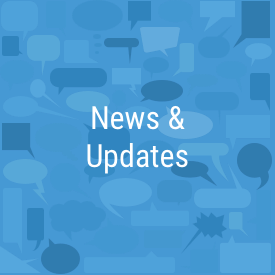
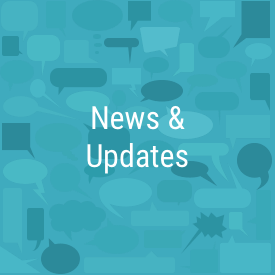
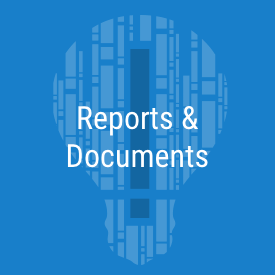
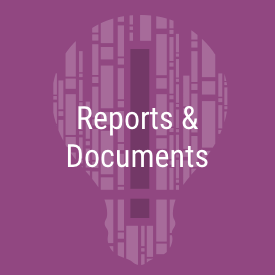
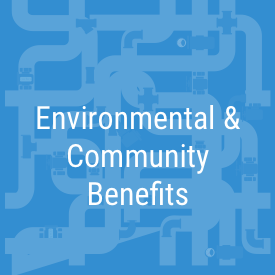
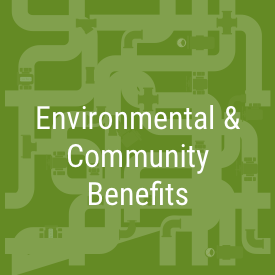
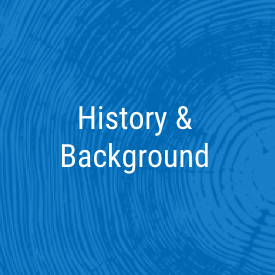

Upon completing beneficial reuse efforts with the South Bay Salt Pond Restoration Project at Pond A8, Valley Water explored and identified the Pond A4 Resilient Habitat Restoration Project (Pond A4 Project) along the southern shoreline in Sunnyvale as a new location for sediment reuse. The Pond A4 Project, a Valley Water multi-benefit project that the Valley Water Board of Directors approved in April 2023, is designed to create shallow water habitat for shorebirds and promote flood resilience by beneficially reusing material harvested from local creeks to construct a habitat bench along the southern perimeter of Pond A4. This constructed habitat bench will also provide a great foundation for a potential upland transition zone if and when Pond A4 is restored to tidal action. Construction access improvements are needed to complete this work and are anticipated to be completed in FY25, with sediment delivery beginning in FY26. For more information on the Pond A4 Project, visit https://www.valleywater.org/project-updates/pond-a4-resilient-habitat-restoration-project.
In the past, because of the higher standards required to meet criteria under the new Quality Assurance Project Plan (QAPP), Valley Water was unable to find enough soil that met the foundation criteria and even less for cover, thus limiting Valley Water’s ability to deposit the soil at Pond A8. SBSPRP, USFWS, and Valley Water are working with the Regional Water Quality Control Board to modify the criteria for reuse material. As a part of that effort, Valley Water continued to test the sediment removed to ensure consistent sediment quality data was available. Valley Water staff met with RWQCB in April 2024 to develop a site-specific QAPP for the Pond A4 Project.
On January 24, 2023, the Valley Water Board of Directors (Valley Water Board) held a formal public hearing and approved modifying KPI #1 to “Reuse sediment meeting applicable screening criteria at available Valley Water or partnership project sites to support restoration.” To align with the modification, the Valley Water Board also approved adjusting the project description thus facilitating sediment reuse to support other environmental enhancement and restoration projects beyond the South Bay Salt Pond Restoration Project (SBSPRP). Valley Water had been delivering sediment to Salt Pond A8 of the SBSPRP via an agreement with the U.S. Fish and Wildlife Service (USFWS). In July 2022, Valley Water was informed that Salt Pond A8 had received 100% of the material needed for the ecotone habitat that was designed and permitted as part of SBSPRP. Valley Water had paused sediment delivery to Pond A8 in July 2022. The modification and the adjustments are incorporated into this webpage above (title, description) and in the Environmental & Community Benefits section (KPIs, benefits). For more information and to view the project modification public hearing, visit tinyurl.com/2023Jan24BoardMtg.
April 2024
No current documents.
FY22-36 Key Performance Indicators for the Safe, Clean Water Program
-
Reuse sediment meeting applicable screening criteria at available Valley Water or partnership project sites to support restoration.
-
Provide up to $4 million per 15-year period to support activities necessary for sediment reuse.
Benefits
-
Accelerates progress of important tidal wetland restoration projects, including tidal marsh, wetland, and riparian habitat
-
Reduces disposal costs for sediment that has been removed from local channels
-
Reduces disposal of clean fill into local landfills
-
Addresses climate change
Geographic Area of Benefit
Countywide
About the Safe, Clean Water and Natural Flood Protection Program
In November 2020, voters in Santa Clara County overwhelmingly approved Measure S, a renewal of Valley Water’s Safe, Clean Water and Natural Flood Protection Program.
The program was first passed by voters in 2000 as the Clean, Safe Creeks and Natural Flood Protection Plan, then again in 2012 as the Safe, Clean Water and Natural Flood Protection Program. The renewal of the Safe, Clean Water Program will continue to provide approximately $47 million annually for local projects that deliver safe, clean water, natural flood protection, and environmental stewardship to all the communities we serve in Santa Clara County.
While evaluating ways to improve the 2012 program, Valley Water gathered feedback from more than 21,000 community members. That helped Valley Water create the six priorities for the renewed Safe, Clean Water Program, which are:
Priority A: Ensure a Safe, Reliable Water Supply
Priority B: Reduce Toxins, Hazards and Contaminants in our Waterways
Priority C: Protect our Water Supply and Dams from Earthquakes and Natural Disasters
Priority D: Restore Wildlife Habitat and Provide Open Space
Priority E: Provide Flood Protection to Homes, Businesses, Schools, Streets and Highways
Priority F: Support Public Health and Public Safety for Our Community
Each year, Valley Water prepares a report providing a progress update for each of these program priorities, along with fiscal year accomplishments.
To ensure transparency and accountability to the voters, the ballot measure also created an Independent Monitoring Committee, appointed by the Santa Clara Valley Water District Board of Directors. The Independent Monitoring Committee annually reviews the program’s progress to ensure the outcomes are achieved in a cost-efficient manner and reports its findings to the Board. Additionally, the IMC also reviews each proposed 5-year implementation plan prior to its submittal for Board approval.
In addition, the program requires three independent audits.


